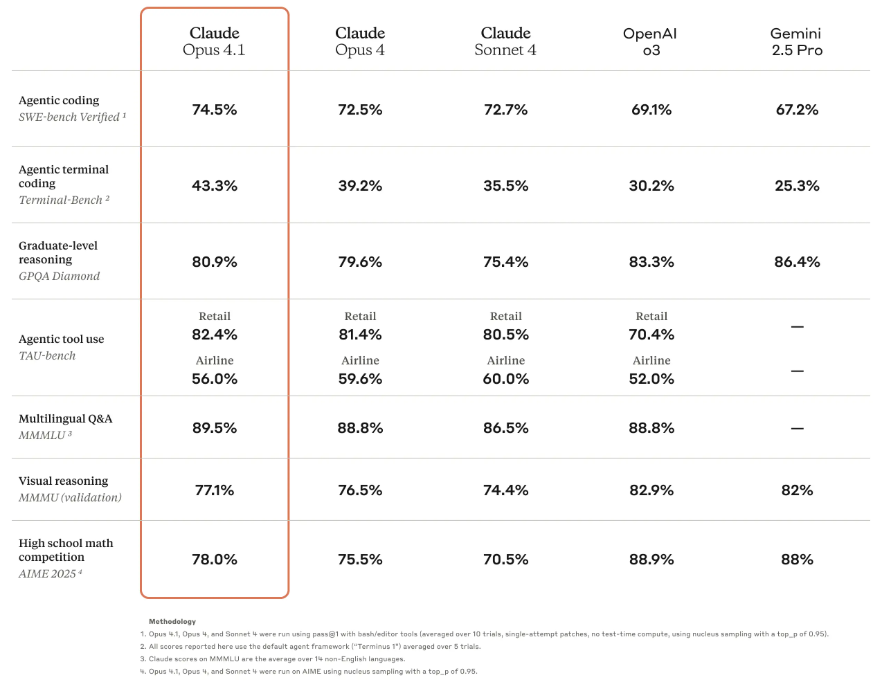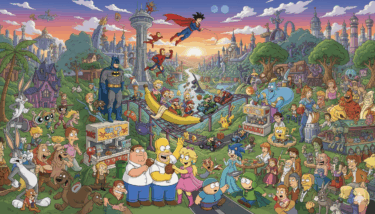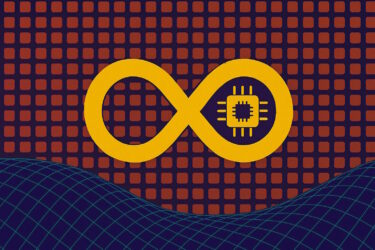Anthropic has rolled out Claude Opus 4.1, an updated version of its top-tier hybrid language model.
The new release brings targeted improvements in programming, showing better performance in code refactoring, data-heavy analysis, and agentic capabilities—the ability to handle complex, multi-step tasks on its own.
Claude Opus 4.1 is now available to paying users on Claude, Claude Code, as well as through the API, Amazon Bedrock, and Google Cloud Vertex AI. Pricing remains the same as for the previous Opus 4 model. Developers can access the updated model using the claude-opus-4-1-20250805 API tag.
New high score in real-world programming benchmark
Claude Opus 4.1 sets a record on the SWE-bench Verified benchmark, scoring 74.5 percent. That's about two points higher than Opus 4 and roughly five points ahead of OpenAI’s o-series. OpenAI’s latest open source model lags further behind. The benchmark measures how well AI models can identify and fix real bugs in open-source code.
Beyond programming, Claude Opus 4.1 also sees gains in analysis and research tasks. Anthropic says the model is now better at tracking details and conducting agent-style searches.

The now-shuttered coding startup Windsurf reported that Claude Opus 4.1 delivered a one standard deviation improvement on its internal benchmark for junior developers—similar to the jump seen when moving from Sonnet 3.7 to Sonnet 4.
Prepping for GPT-5
The timing of Claude Opus 4.1’s release is notable, as OpenAI is preparing to launch its highly anticipated GPT-5. According to The Information, GPT-5 is expected to raise the bar in programming, math, and agent-based tasks, though it likely won’t bring the same leap seen between GPT-3 and GPT-4.
With only incremental gains expected from GPT-5, Anthropic’s latest update may be enough to keep pace. The company recommends all users move from Opus 4 to Opus 4.1 and says "substantially larger" improvements are on the way in the coming weeks. The move signals Anthropic’s intent to hold its ground as GPT-5 approaches.
For more details, see the system card, model page, pricing page, and docs.







